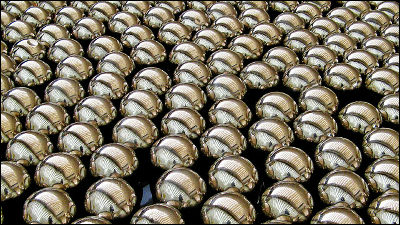What is the amazing mechanism of 'nutritional immunity' that attacks bacteria with 'iron'?

The human body takes a protective measure called ``nutritional immunity'' to suppress the growth of bacteria when infected, and ``iron'' is an important element used for nutritional immunity. In addition, iron is an essential and harmful element for living organisms. Pharmaceutical scientist Derek Lowe explains such iron.
The War for Iron | Science | AAAS
Iron is an essential element for enzymes that are important for life activities, but it is relatively difficult to obtain biologically available iron in soil or the ocean. Pure iron is vulnerable to oxygen in the air and is easily oxidized. Compounds of iron(III) have low solubility and change into insoluble iron(III) oxide , a substance commonly called rust.
In addition, iron and oxygen are both essential and harmful components for living organisms. Iron generates active oxygen and is said to be harmful to cells. However, since iron is a very important element biologically, microorganisms have devised a method to suppress the harmful effects of active oxygen by using proteins called siderophores .
Bacteria invading the body also need iron to reproduce. Therefore, when humans are infected with bacteria, the absorption and transport of iron from the intestine is restricted in order to limit their growth. During an infectious disease, the reduction in the amount of iron, zinc, and manganese available to bacteria provides an effective defense against bacteria. This is what Lowe calls “nutritional immunity.”
When infected with bacteria, macrophages , a type of white blood cell in the body, capture iron by releasing extracellular vesicles that have receptors for iron-containing proteins. It has been reported that iron capture prevents the availability of iron necessary for bacterial growth.

Previous experiments have identified a mechanism by which the endoplasmic reticulum of macrophages initiates the generation and release of extracellular vesicles in response to infection in Salmonella -infected mice.
Additionally, some bacteria have been found to lyse red blood cells and deprive hemoglobin of iron. The fact that some bacteria have such a mechanism suggests that there is a protective layer that traps them before they can use iron, and that there must be other secrets of immunity that have yet to be discovered. Mr Low said.
Related Posts:







